The Ocean’s Golden Child Gets All the Credit
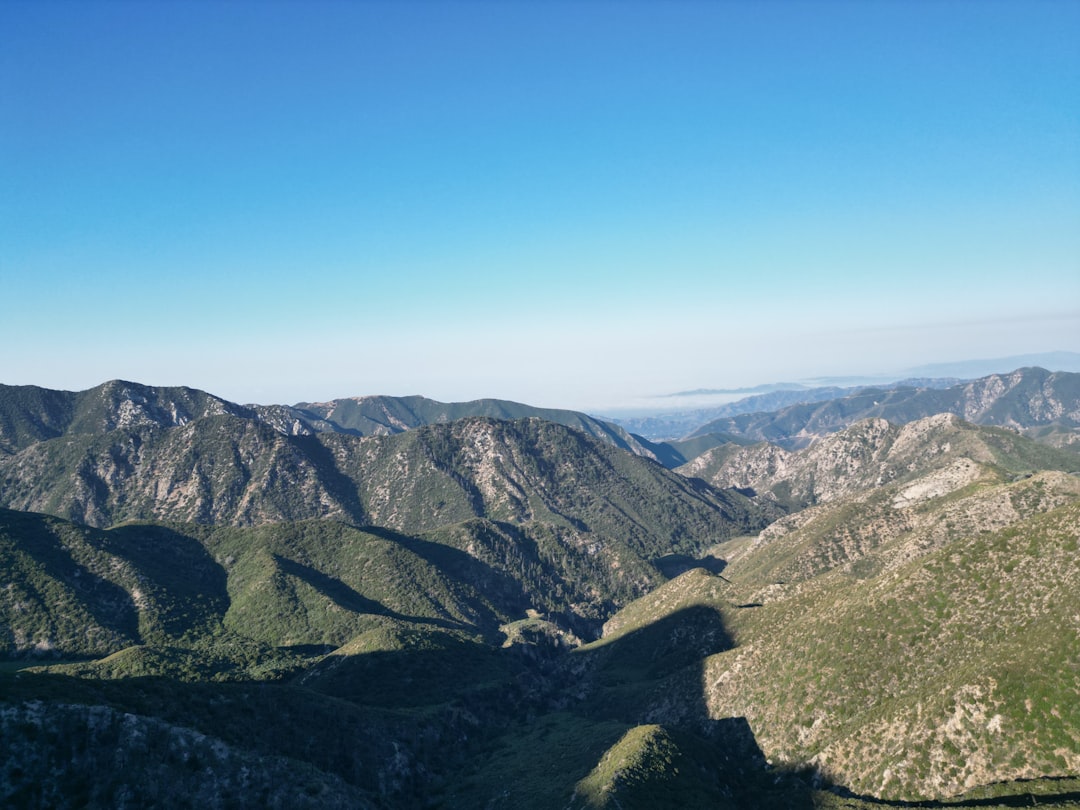
Here’s a surprising fact that’ll make you reconsider everything you thought you knew about California’s identity: while the Golden State became world-famous for its surf culture, those towering mountains overlooking the coastline might actually offer more thrills, better adventures, and stronger communities than any perfect wave ever could. When the California State Legislature officially recognized surfing as the state sport in 2018, it was an affirming nod to the long-standing surf culture that has helped define the state’s identity. But what if they got it wrong? What if the real magic happens not when you’re paddling out into the Pacific, but when you’re heading up into the Sierra Nevada or San Bernardino ranges?
Don’t get me wrong – California’s surf scene is legendary for good reason. Surfing’s roots in California date back to at least the early 20th century when three Hawaiian princes rode the first recorded waves at Santa Cruz in 1885. Since then, the sport has grown, blossoming alongside California’s counterculture movements, and embedding itself into the state’s collective consciousness. The culture that emerged from those early beach communities became a global phenomenon, influencing everything from fashion to music to philosophy.
When Numbers Tell a Different Story
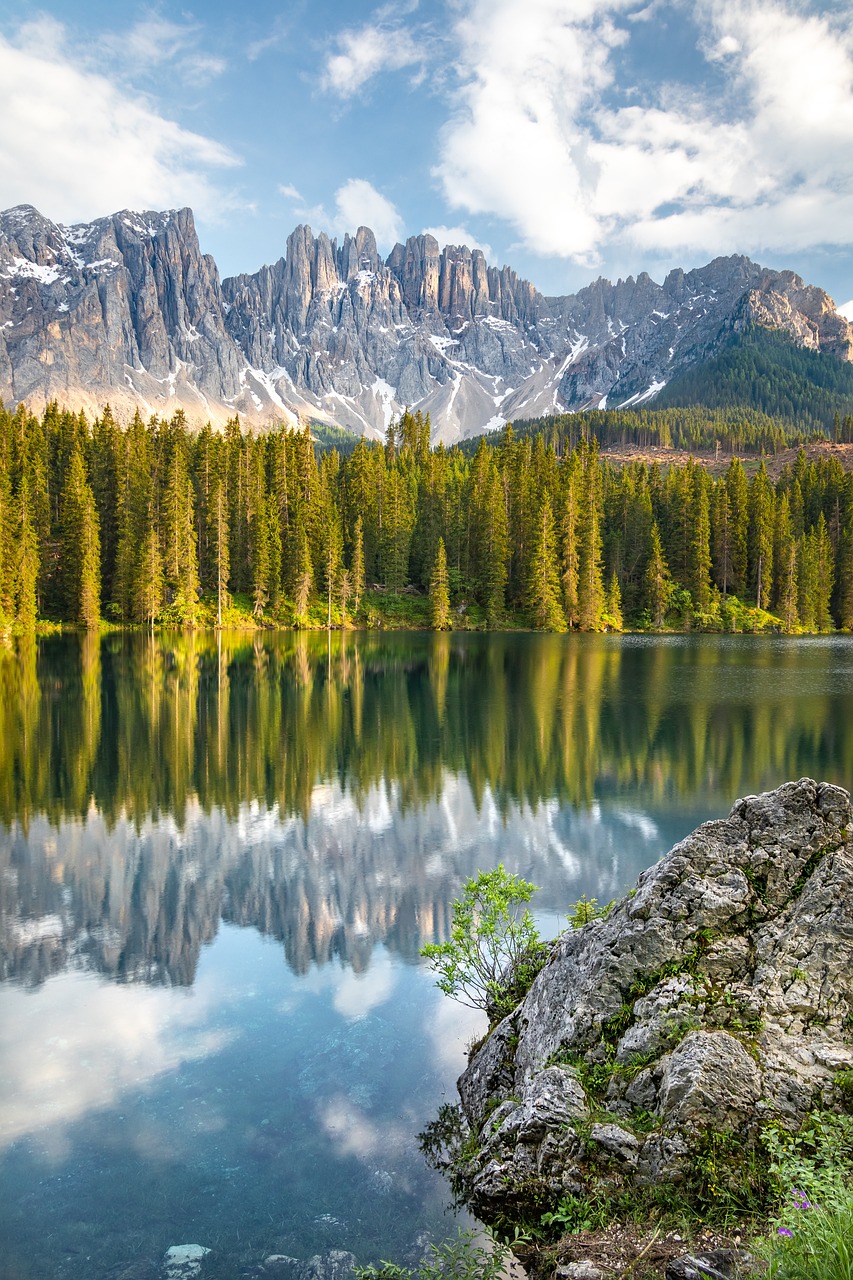
But let’s talk cold, hard facts for a moment. More than 61 million people in the United States participated in hiking activities at least once in 2023. That’s just hiking – one mountain activity among dozens. Meanwhile, surfing is a major sport enjoyed by more than 30 million people worldwide, and California brought in $140 billion in surf tourism in 2018. Those are impressive numbers, but they pale in comparison to what’s happening in California’s mountains.
The ski industry alone tells a compelling story. The nation’s ski areas logged 61.5 million visits in 2024-25, the second highest showing for American resorts and a sign that the pandemic bump may be permanent. Since 2021, the U.S. resort industry has counted four of its five busiest seasons ever. Ski areas in the Pacific Southwest region, which includes California, Nevada and Arizona, logged 8 million skier visits, the third-highest regional number this winter. And this doesn’t even include summer mountain activities like hiking, rock climbing, mountain biking, or camping.
The Great Outdoor Recreation Boom

Here’s where it gets really interesting. The new U.S. data show that the value added of the outdoor recreation economy accounted for 2.3 percent ($639.5 billion) of current-dollar gross domestic product (GDP) for the nation in 2023. The share was 0.8 percent in the District of Columbia. The country’s surging outdoor recreation economy is sustaining a mighty bounce after the pandemic, reaching $1.2 trillion in economic output in 2023, up from $1.1 trillion in 2022, according to the latest numbers by the Bureau of Economic Analysis, or BEA. Since 2012, the outdoor recreation economy has grown by 36%.
What’s particularly telling is which activities are driving this growth. The fastest growing recreational activities in the U.S. in 2023 were biking, which increased by nearly 27%, and snowsports, which grew by 25%, followed by hunting, hiking, climbing and camping. The largest contributors to the national recreation economy in 2023 were boating and fishing — which delivered a $36.8 billion impact — followed by RVing, hunting, motorcycling and snowsports. Notice what’s missing from that list? Surfing didn’t even crack the top contributors.
Mountains Mean Business
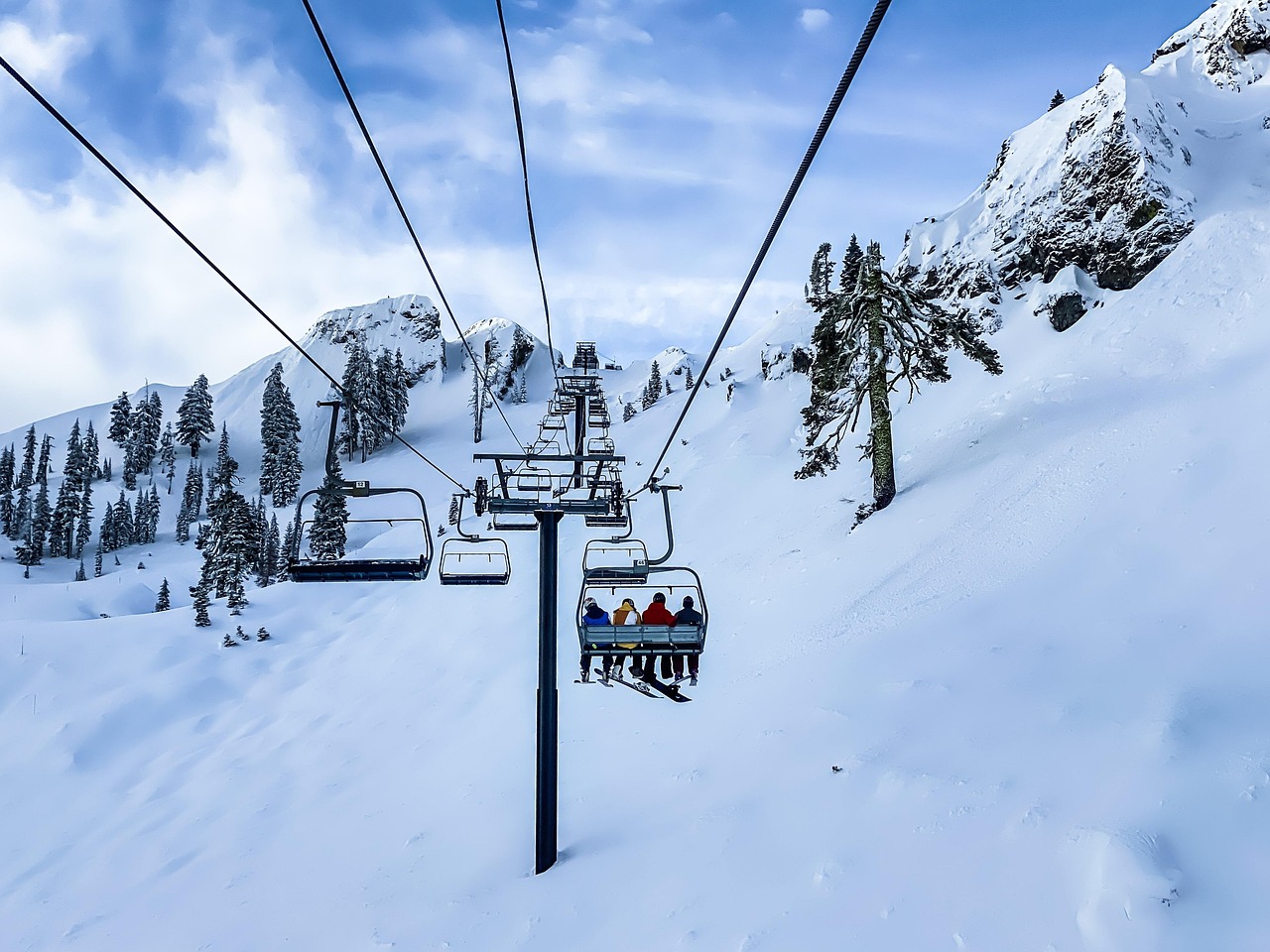
The economic impact of California’s mountain recreation is staggering. Early numbers from the NSAA show ski areas investing $624.4 million into resort improvements in the 2024-25 ski season, which represents about $21 per skier visits and follows the largest single-season investment by the U.S. resort industry in 2023-24 — $754.3 million — which included the installation of 97 new and upgraded ski lifts. Resorts are planning $560.7 million in capital spending for the 2025-26 ski season, including 47 new lifts and 70 lift upgrades.
This level of investment speaks to something profound: mountain recreation isn’t just growing, it’s becoming more sophisticated, more accessible, and more central to California’s economy. With the average profit for a skier visit of $75, about 28% of revenue generated from every sold lift ticket or season pass is being reinvested back into ski area improvements. This creates a virtuous cycle where better facilities attract more visitors, which generates more revenue for even better improvements.
The Four-Season Advantage
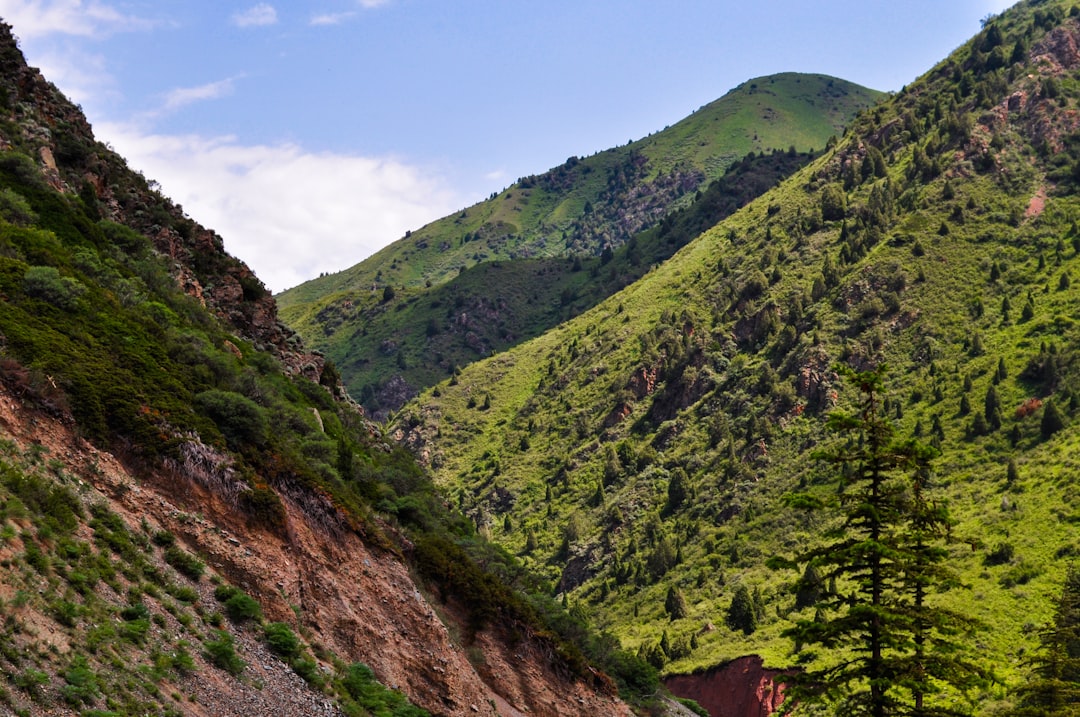
Here’s something surfers will hate to admit: mountains offer year-round recreation in ways that coastal activities simply can’t match. While surfers wait for the perfect conditions – the right swell, wind, and tides – mountain enthusiasts can find something amazing to do almost any day of the year. Winter brings skiing and snowboarding across dozens of world-class resorts from Lake Tahoe to Big Bear. Spring and fall offer perfect conditions for hiking and rock climbing. Summer transforms those same snowy peaks into mountain biking paradises and camping destinations that rival anywhere in the world.
The infrastructure supporting this diversity is remarkable. Resorts have invested in significant upgrades for the upcoming season, from increasing snowmaking capacity to installing state-of-the-art chairlifts. The staff at Mammoth Mountain spent the offseason replacing Chair 1, aka Broadway Express, with a high-speed six-passenger detachable chairlift. Big Bear Mountain Resort installed a new six-passenger chairlift at Bear Mountain. This kind of constant improvement and modernization is what separates world-class mountain destinations from simple hiking trails.
The Community Factor
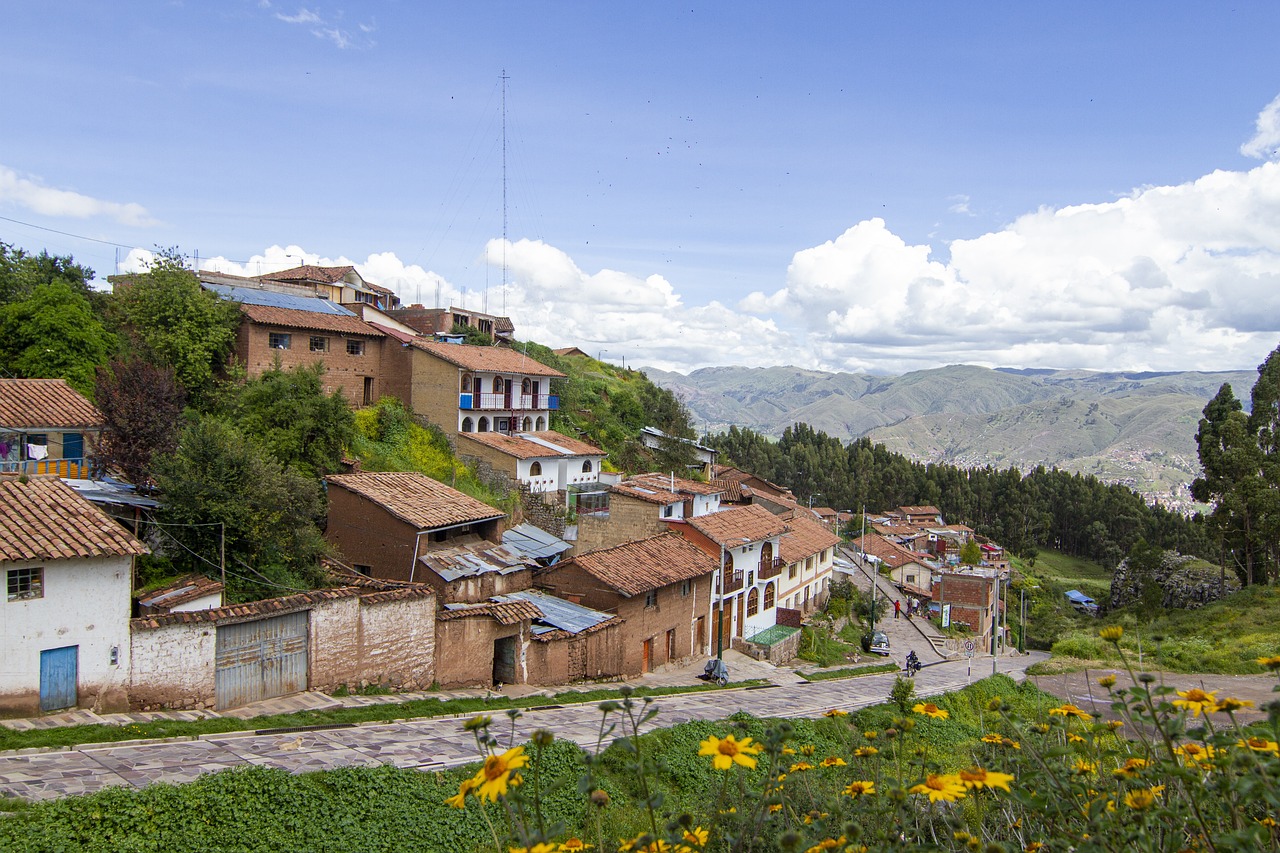
There’s something about mountain communities that coastal areas struggle to replicate. Maybe it’s the isolation that forces people to look out for each other, or the shared experience of dealing with harsh weather and challenging terrain. Mountain towns from Mammoth Lakes to South Lake Tahoe have developed tight-knit communities centered around seasonal rhythms and outdoor pursuits that feel more authentic than the sometimes-superficial beach culture that dominates coastal California.
These aren’t just tourist destinations – they’re places where families build generational connections to the land. Season passes remain the primary access product used by skiers and riders for the fifth consecutive season. Season pass holders made up 50% of visits nationally, with standard day or multi-day lift tickets claiming 31% of visits. This level of commitment suggests deep, ongoing relationships with mountain recreation rather than casual tourism.
Environmental Stewardship That Actually Works
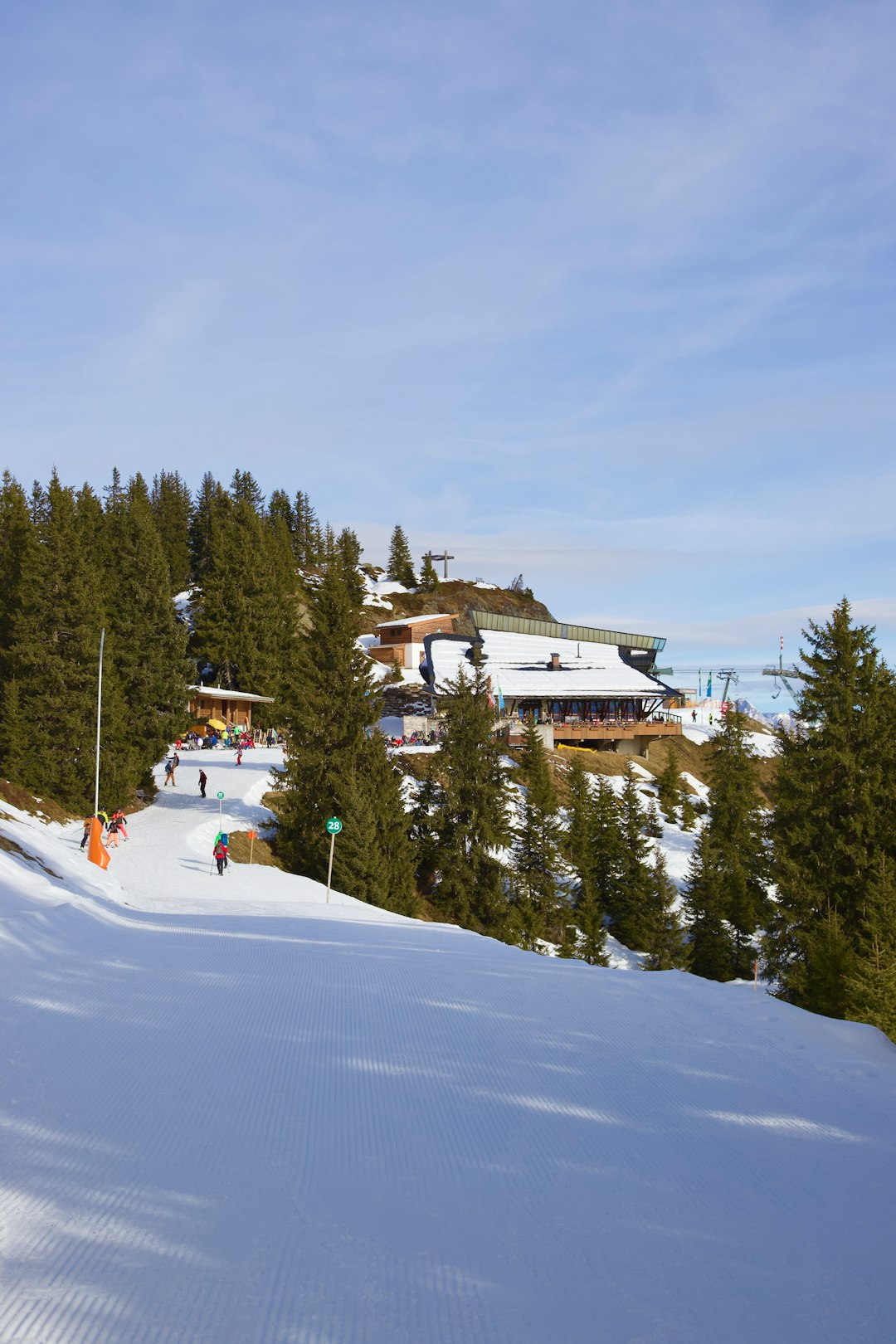
While surf culture talks a good game about environmental protection, mountain recreation communities have been forced to develop practical, working solutions to environmental challenges. The ski industry, in particular, has become a leader in renewable energy, water conservation, and habitat preservation – not out of idealism, but out of necessity. When your business model depends on snow, you become very serious about climate change very quickly.
Mountain recreation also has a lighter environmental footprint in many ways. A ski resort that operates for four months a year and sits dormant for eight months creates less environmental pressure than year-round coastal development. The seasonal nature of mountain recreation allows ecosystems time to recover and regenere, creating a more sustainable model for outdoor recreation.
The Adventure Gradient

Here’s where mountains really shine: they offer a complete spectrum of challenge levels that can grow with you over decades. You can start with easy day hikes and progress to technical rock climbing, mountaineering, and backcountry skiing that will challenge you for a lifetime. The learning curve is steep but rewarding, and the mountains will always have something new to teach you.
Surfing, while undeniably skilled and challenging, has natural limits. There are only so many maneuvers possible on a wave, only so many types of breaks to master. Mountains, on the other hand, offer infinite variation – every peak is different, every season brings new conditions, every year of experience opens up new possibilities. It’s the difference between mastering a single instrument and learning to conduct an orchestra.
The Weather Reality Check

Let’s address the elephant in the room: mountain weather can be harsh, unpredictable, and downright dangerous. But here’s the thing – that’s actually a feature, not a bug. The challenge of mountain weather creates more dedicated, more skilled, and more respectful outdoor enthusiasts. When you’re dealing with sudden storms, temperature swings, and challenging conditions, you develop real outdoor skills rather than just learning to look good in board shorts.
The 2024-25 ski season averaged 150 inches of snow across all U.S. resorts, a decline of about 7% from the 2023-24 season and below the 10-year average of 175 inches. Snowfall was below long-term averages across 172 ski areas in the 12 states spanning the NSAA’s Rocky Mountain, Pacific Northwest and Pacific Southwest regions. Even in challenging snow years, mountain recreation thrives because the infrastructure and community are built to adapt and overcome.
The Technology and Innovation Edge

Mountain recreation drives innovation in ways that surfing simply doesn’t. From advanced materials in mountaineering gear to sophisticated snow-making systems to GPS navigation and avalanche safety technology, the mountains push the boundaries of what’s possible in outdoor recreation. The gear used in mountaineering today would seem like science fiction to climbers from just two decades ago.
Meanwhile, surfboards, while refined over the decades, remain fundamentally the same tool they’ve always been. The innovation in surf culture has been primarily cultural and artistic rather than technological. There’s nothing wrong with that, but it means mountain recreation offers more opportunities for gear enthusiasts and technology lovers to find their obsession.
The Access Revolution
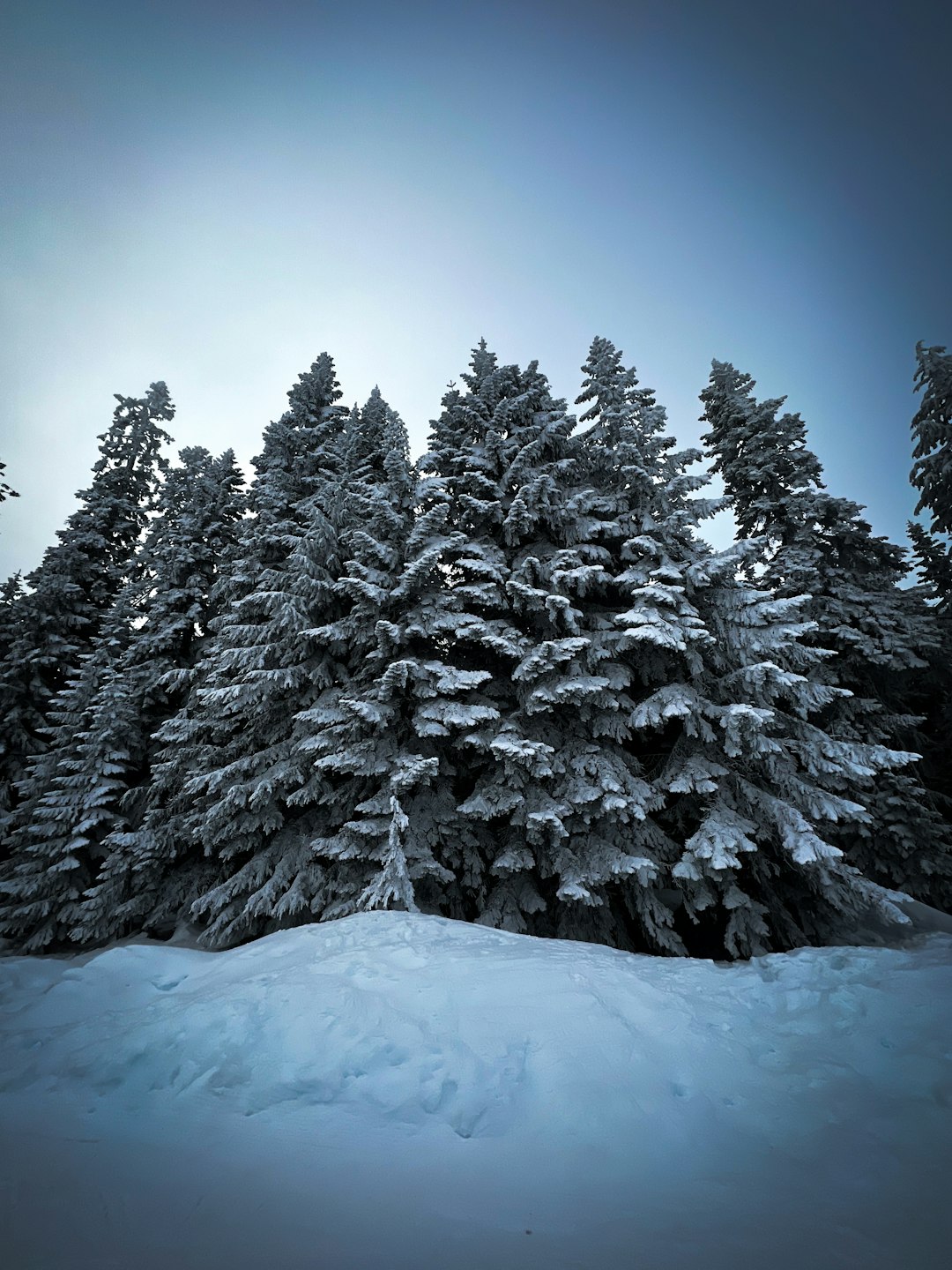
One of the strongest arguments for mountain recreation is how much more accessible it’s becoming. Season pass holders will have more resorts to choose from this winter. Sierra-at-Tahoe has joined the Ikon Pass along with Palisades Tahoe, Mammoth Mountain, June Mountain, and Big Bear Mountain Resort. Bear Valley Mountain Resort is now a member of the Cali Pass, along with Dodge Ridge, China Peak, and Mountain High.
The value of a season pass is really high for guests, especially if you ski or ride five days or more in a season—it’s a much better value than buying daily lift tickets. Now if you’re driving up from, say, Sacramento, you can go up Highway 50 and use your Ikon pass at Sierra, or you can drive up I-80 and use it at Palisades. This kind of flexible access makes mountain recreation more affordable and convenient than ever before.
The Future Belongs to the Mountains
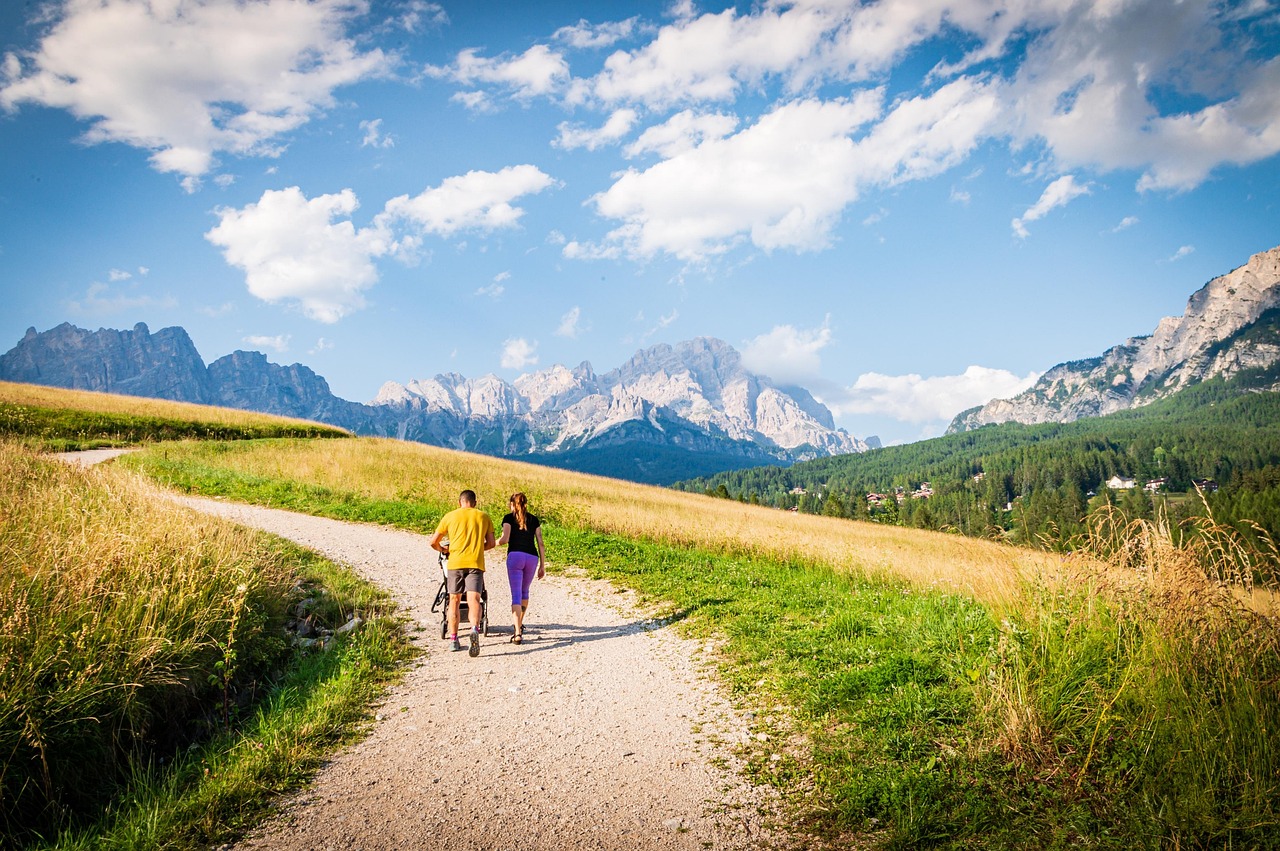
Looking ahead, the trends all point toward continued growth in mountain recreation. Winter 2024-25’s second-highest visitation numbers on record suggest the U.S. ski industry remains healthy and demand for outdoor recreation continues to be strong. NSAA said factors contributing to this season’s growth include: increased visits at small and medium sized ski areas, a record-setting year in the Pacific Northwest, a rebound in the Midwest following a dip last season, and continued growth in season passes and frequency-based products.
Climate change, ironically, may actually favor mountain recreation over coastal activities. While rising sea levels and coastal erosion threaten beach communities, mountains adapt by investing in snowmaking technology, expanding summer activities, and developing four-season resort models. The number of operating ski areas also rose from 484 last season to 492 this season, marking another positive indicator. The industry isn’t just surviving – it’s expanding.
Conclusion: Time for a New California Dream
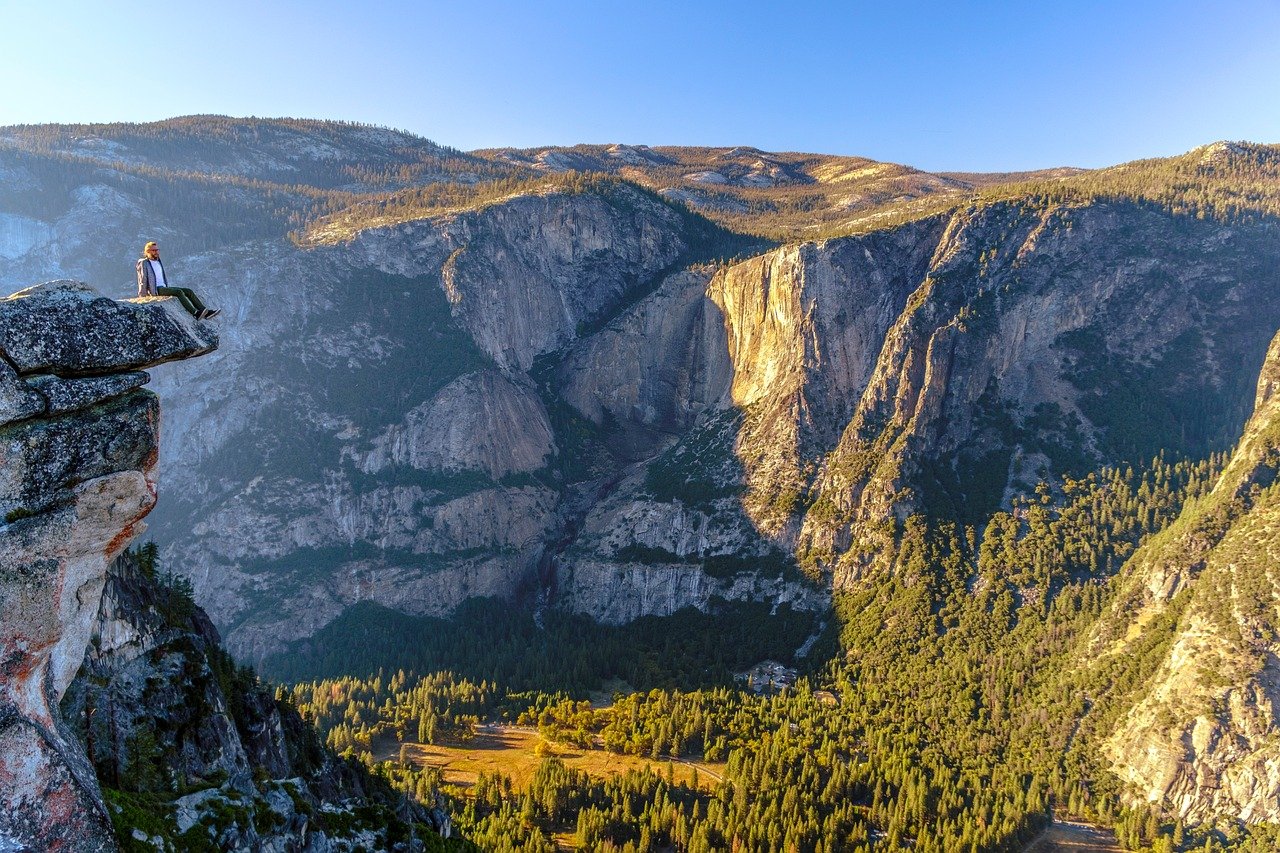
California’s surf culture will always be iconic, and rightfully so. It gave the world a new way of thinking about leisure, community, and our relationship with nature. But as we look toward the future, it’s becoming clear that the state’s mountains offer something even more valuable: a complete outdoor recreation ecosystem that can satisfy adventurers at every level, drive economic growth, build lasting communities, and adapt to whatever challenges the future might bring.
The numbers don’t lie, the trends are clear, and the infrastructure keeps getting better. While surfers are still waiting for the perfect wave, mountain enthusiasts are out there creating their own perfect days, year-round, in some of the most spectacular scenery on Earth. Maybe it’s time to admit that California’s greatest natural resource isn’t its coastline – it’s those incredible peaks that have been quietly stealing the show all along. What would you choose: another crowded beach break, or endless alpine adventures just waiting to be discovered?




